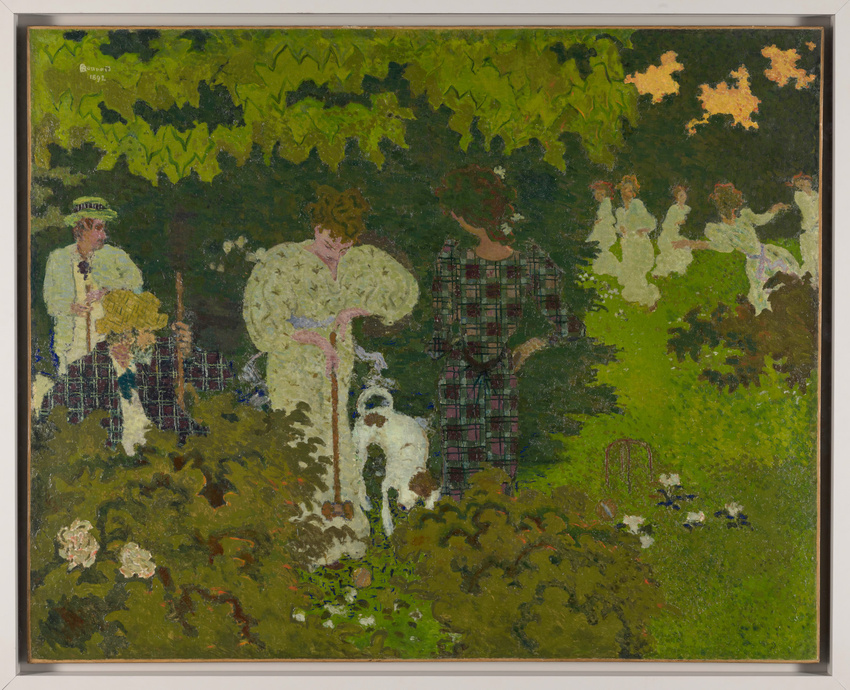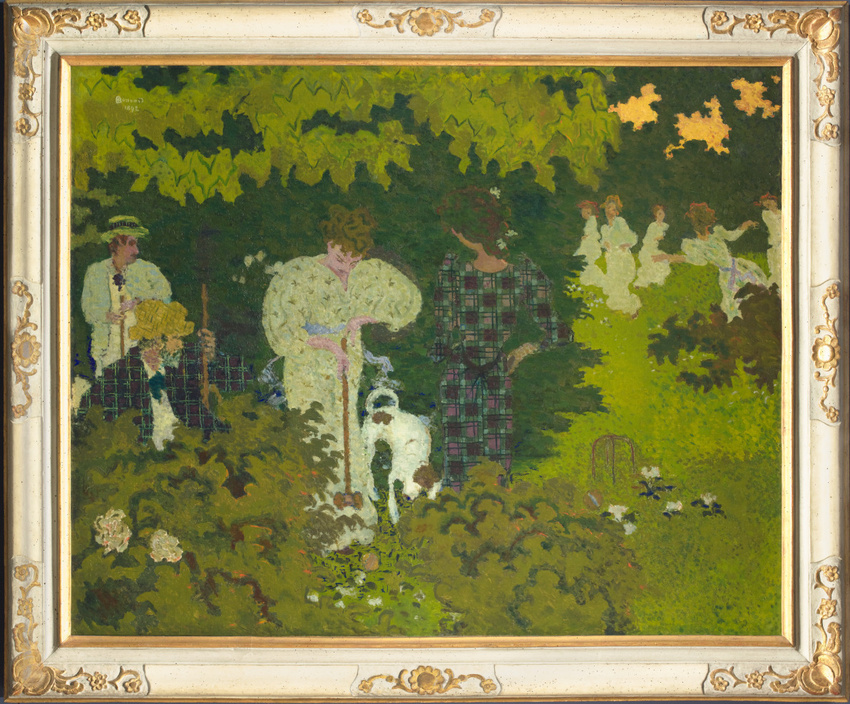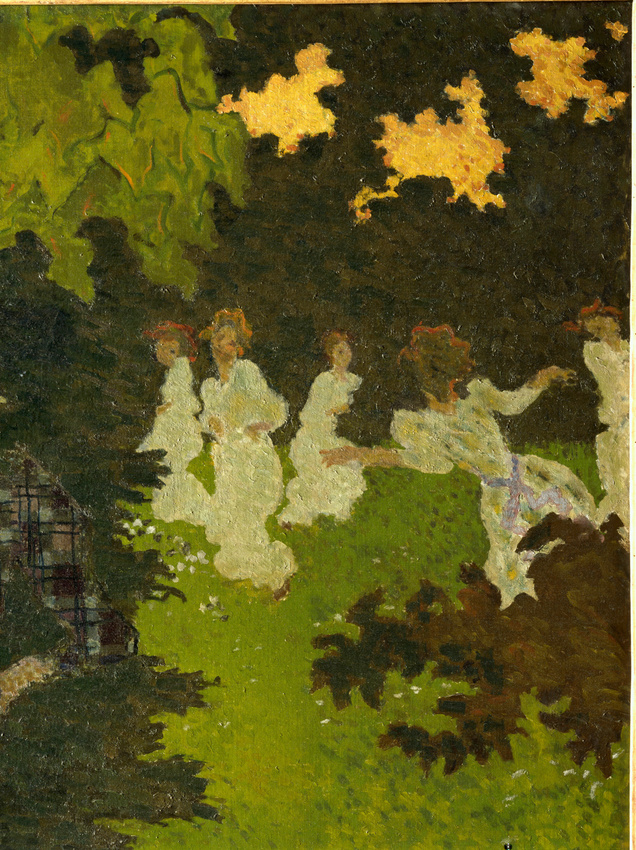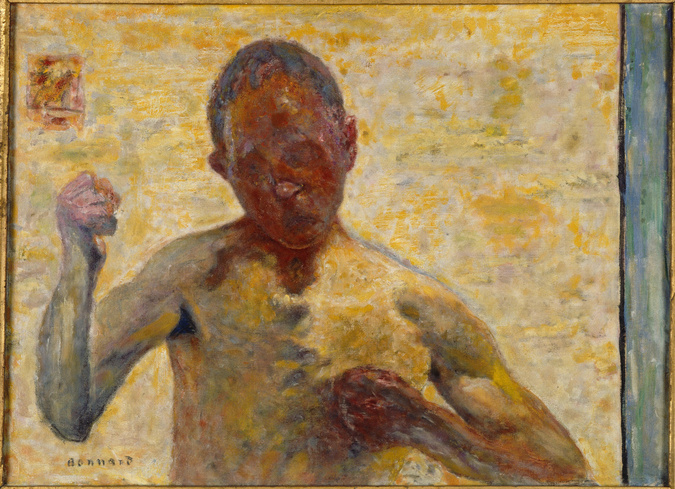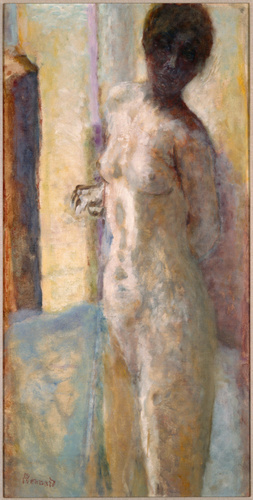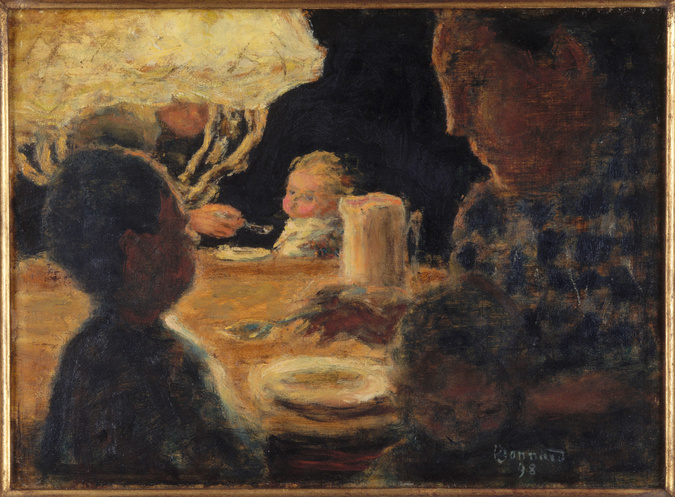-
Salon de la Société des artistes indépendants
-
Pavillon de la Ville de Paris
-
France,
Paris, 1892
-
Exposition de tableaux de Monet - Pissarro - Renoir et Sisley
-
galerie Durand-Ruel
-
France,
Paris, 1899
-
Salon de la Société des artistes indépendants
-
palais de Bois
-
France,
Paris, 1926
-
Exposition Bonnard
-
musée de l'Orangerie
-
France,
Paris, 1947, n°5
-
Biennale de Paris
-
ville
-
France,
Paris, 1959, n°1
-
Bonnard and his Environment
-
Museum of Modern Art
-
Etats-Unis,
New York, 1964, n°2
-
Pierre Bonnard
-
Royal Academy of Arts
-
Royaume-Uni,
Londres, 1966, n°10
-
La Revue Blanche. Paris in the Days of Post-Impressionism and Symbolism
-
Wildenstein & Co
-
Etats-Unis,
New York, 1983
-
L'impressionnisme dans les collections romandes
-
fondation de l'Hermitage
-
Suisse,
Lausanne, 1984, n°115
-
From Courbet to Cézanne, a new 19th century - Preview of the Musée d'Orsay, Paris
-
Brooklyn Museum
-
Etats-Unis,
New York, 1986
-
Hommage à Bonnard
-
galerie des Beaux-Arts
-
France,
Bordeaux, 1986
-
From Courbet to Cézanne, a new 19th century - Preview of the Musée d'Orsay, Paris
-
Dallas Museum of Art
-
Etats-Unis,
Dallas, 1986
-
Le Japonisme
-
Galeries nationales du Grand Palais
-
France,
Paris, 1988
-
De Manet à Matisse, 7 ans d'enrichissement au musée d'Orsay
-
musée d'Orsay
-
France,
Paris, 1990-1991
-
Nabis. Bonnard, Vuillard, Maurice Denis, Vallotton... (1888-1900)
-
Galeries nationales du Grand Palais
-
France,
Paris, 1993-1994
-
La modernité - Collections du musée d'Orsay
-
Metropolitan Art Museum
-
Japon,
Tokyo, 1996
-
La modernité - Collections du musée d'Orsay
-
City museum
-
Japon,
Kobe, 1996
-
Beyond the Easel : Decorative Painting by Bonnard, Vuillard, Denis and Roussel, 1890-1930
-
The Art Institute of Chicago
-
Etats-Unis,
Chicago, 2001
-
Beyond the Easel : Decorative Painting by Bonnard, Vuillard, Denis and Roussel, 1890-1930
-
Metropolitan Museum of Art
-
Etats-Unis,
New York, 2001
-
Paris in the age of Impressionnism. Masterworks from the Musée d'Orsay
-
High Museum of Art
-
Etats-Unis,
Atlanta, 2002-2003
-
Paris in the age of Impressionnism. Masterworks from the Musée d'Orsay
-
Museum of Fine Arts
-
Etats-Unis,
Houston, 2003
-
Pierre Bonnard
-
fondation Beyeler
-
Suisse,
Bâle, 2012
-
Pierre Bonnard : Peindre l'Arcadie
-
musée d'Orsay
-
France,
Paris, 2015
-
Bonnard
-
Fundación Mapfre
-
Espagne,
Madrid, 2015-2016
-
Pierre Bonnard. Painting Arcadia
-
Legion of Honor
-
Etats-Unis,
San Francisco, 2016
-
Le murmure et le fracas, chefs-d’œuvre Nabis du musée d’Orsay
-
Mitsubishi Ichigokan Museum
-
Japon,
Tokyo, 2017
-
Bonnard. Hommage & chefs-d'oeuvre
-
musée Bonnard
-
France,
Le Cannet, 2017-2018
-
Pierre Bonnard (1867-1947), l'éternel été
-
National Art Center
-
Japon,
Tokyo, 2018
-
Pierre Bonnard, les couleurs de la lumière
-
musée de Grenoble
-
France,
Grenoble, 2021-2022
-
Pierre Bonnard
-
National Gallery of Victoria
-
Australie,
Melbourne, 2023
